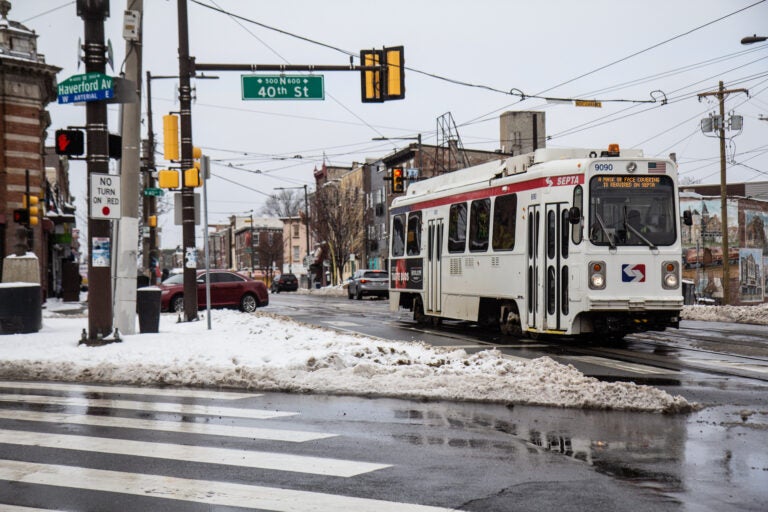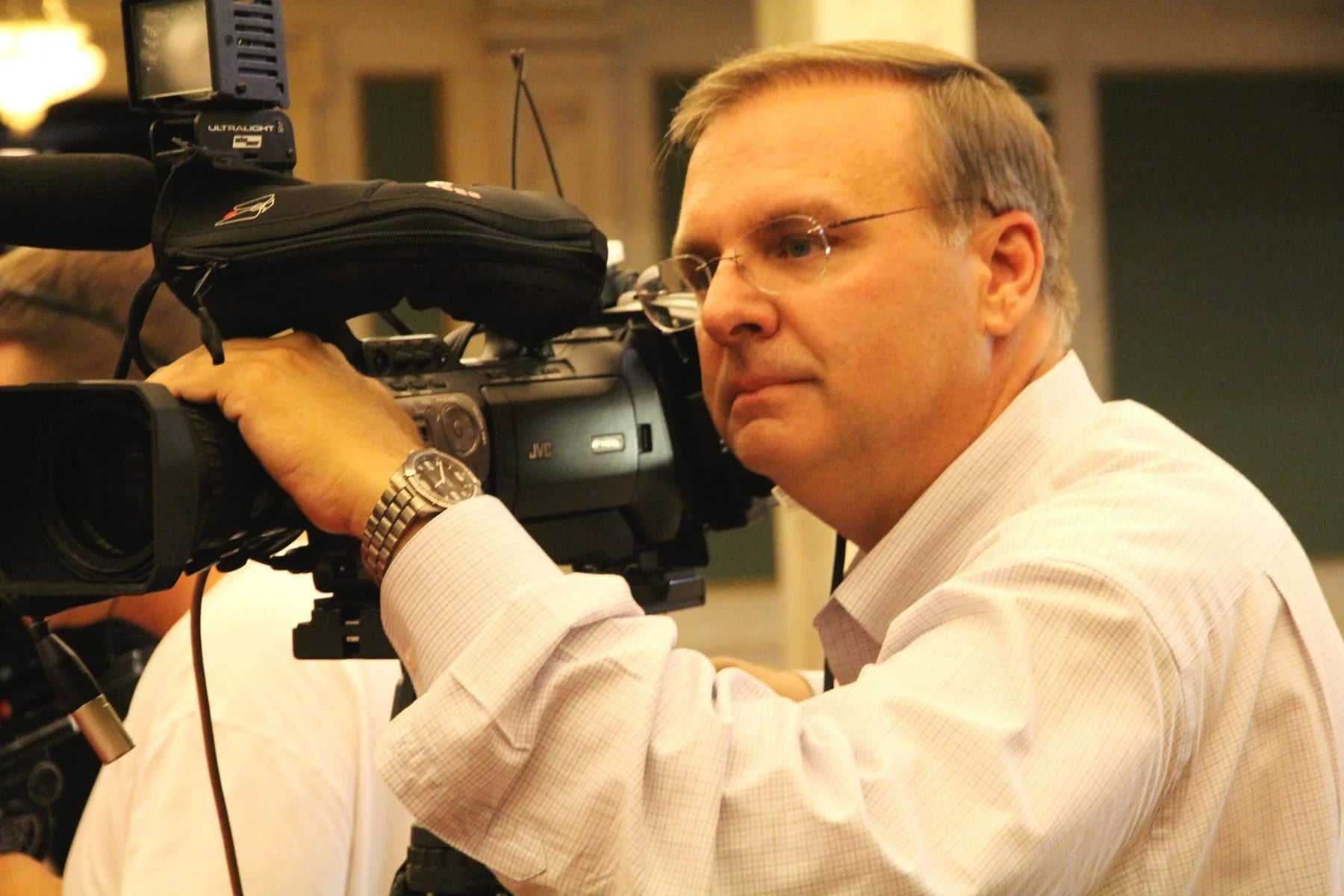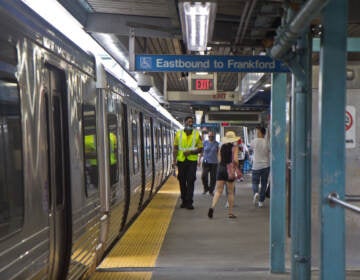SEPTA starts process of replacing more than 100 trolleys
SEPTA will spend more than $1 billion in upgrades to the trolley system, bringing it into ADA compliance with larger vehicles.

File photo: SEPTA’s 13 trolley rolls down Lancaster Avenue in Philadelphia’s Belmont neighborhood. (Kimberly Paynter/WHYY)
SEPTA is working on replacing its aging trolley fleet. The first step in the process came Thursday when the transit agency issued a request for proposals for replacement vehicles.
SEPTA has eight trolley lines that run for 68 miles through the region, connecting communities in West Philadelphia, Southwest Philadelphia, North Philadelphia, and Delaware County.
SEPTA’s Andrew Busch said they are doing more than just buying new vehicles. “We will be bringing the stations into ADA compliance by making on-street improvements,” Busch said.
He added the goal is to expand the size of the vehicles from their current 45 passengers to 65.
The upgrade won’t be easy or cheap. The project has an estimated $1.8 billion dollar price tag, which includes $800 million for the vehicles.
The goal is to replace 130 vehicles currently in use, with an option to buy additional trolleys if necessary. The replacement vehicles will be larger than the current 40-year-old Kawasaki fleet, with more space for wheelchairs and baby strollers among other things.
The upgraded vehicles will also guarantee a return of the Route 15 trolley to the rails. That line has been running on buses because there aren’t enough trolleys to go around. Route 15 runs on the class PCC trolleys that date back to the 1950s, and have been pulled off the streets to be refurbished. They could be back running by next year, Busch said, if the rebuilding goes according to schedule.
The new vehicles won’t arrive overnight, though. Busch said it could be five to seven years before new trolleys are put in revenue service, which means running on the lines regularly for fare-paying passengers to use.
There is also the requirement to have 65% of the construction of the vehicles done in the United States in order to meet federal funding requirements. Busch said it’s “a bit of a challenge” to find domestic manufacturers of train vehicles, since most are made overseas, specifically in China.
Trolley modernization is part of a program called SEPTA Forward, which is a plan to create what officials refer to as a “lifestyle transit network” — a transit system that can be easily used for any type of trip, not just commuting to and from a job.

Get daily updates from WHYY News!
WHYY is your source for fact-based, in-depth journalism and information. As a nonprofit organization, we rely on financial support from readers like you. Please give today.






